#aquatic wildlife
Text

Wimple Piranha (Catoprion mento)
Family: Serrasalmid Family (Serrasalmidae)
IUCN Conservation Status: Least Concern
A tiny (15cm/5.9 inches in length) relative of the more famous Red-Bellied Piranha, the Wimple Piranha is found in the Amazon, Orinoco, Paraguay and Essequibo river basins, and is notable for its unusual diet; adults of this species feed almost exclusively on fish scales, feeding by ramming into larger fish at high speeds with their mouths wide open, biting and generating suction to dislodge their target’s scales and pull them into their mouths. The practice of eating scales, known as lepidophagy, is rare in animals as scales are difficult to digest and require considerable amounts of energy to obtain, and it is likely that it developed in response to the intense competition between fish species in the biodiverse rivers to which Wimple Piranhas are native - although their nutrients-poor diet limits their size, feeding exclusively on scales (occasionally supplemented by small insects or small amounts of the meat of their otherwise unharmed targets where possible) allows Wimple Piranhas to find food while largely avoiding competing with larger and less specialised carnivores. Besides their unusual feeding habits little is known about the biology of wild Wimple Piranhas, although through the observation of captive individuals it has been found that unlike many piranha species they are solitary (possibly avoiding living in groups to avoid competing with other members of their species,) and that like other members of their family females of this species lay eggs.
--------------------------------------------------------------------------
Image Source: https://www.inaturalist.org/taxa/342485-Catoprion-mento
#Wimple Piranha#piranha#piranhas#fish#fishes#zoology#biology#icthyology#animal#animals#wildlife#South American wildlife#freshwater fish#bony fishes#bony fish#aquatic wildlife#evolution#ecology
102 notes
·
View notes
Text

Taipei-based photographer Wu Yung-sen has been deep sea diving and photographing marine life for four years.
On a blackwater dive in 2020 — unable to see the bottom and surrounded by impenetrable space — he chanced upon a rare larval Wunderpus octopus, totally transparent. 🐙⚪
#rare larval Wunderpus octopus#octopus#Wu Yung-sen#marine life#transparent#blackwater dive#deep sea diving#Wunderpus photogenicus#blackwater photography#aquatic wildlife#wildlife photography#blackwater creatures
26 notes
·
View notes
Text
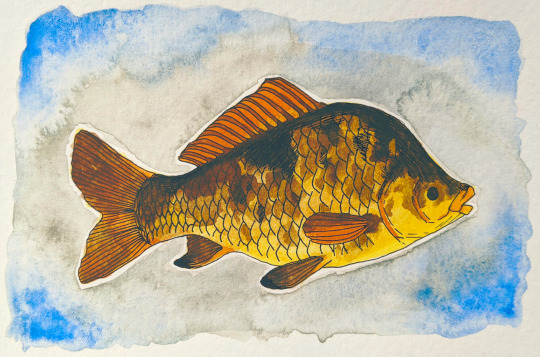
Bringing this back because I still really like it. Crucian carp :)
#crucial carp#carp#fish#aquatic wildlife#tulip tiger posting#tuliptigerposting#tuliptiger#small artist#stripesforsale#traditional art#watercolor#art challenge#this was from! I think 2021s art challenge?#unsure which year
188 notes
·
View notes
Text
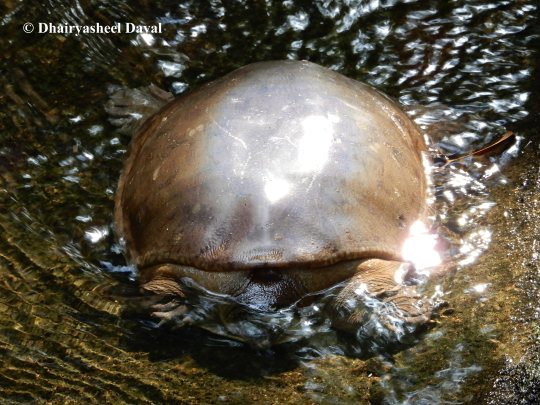


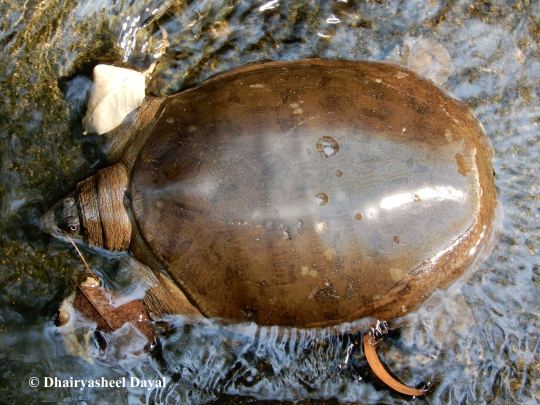

The Indian flapshell turtle (Lissemys punctata).
Conservation Status: VULNERABLE.
#indian flapshell turtle#flapshell turtle#turtle#turtles#reptile#reptiles#freshwater turtle#freshwater species#freshwater animal#freshwater#aquatic#aquatic wildlife#wildlife#wildlife of india#wildlife photography#turtles of maharashtra#turtles of india#indian wildlife#shells#shell#vulnerable#vulnerable species
4 notes
·
View notes
Text

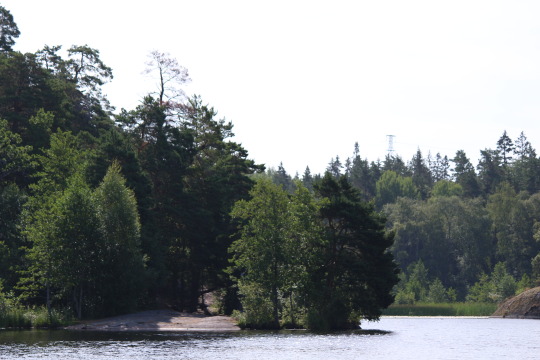
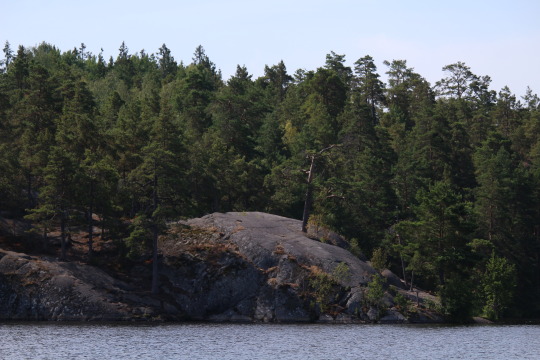
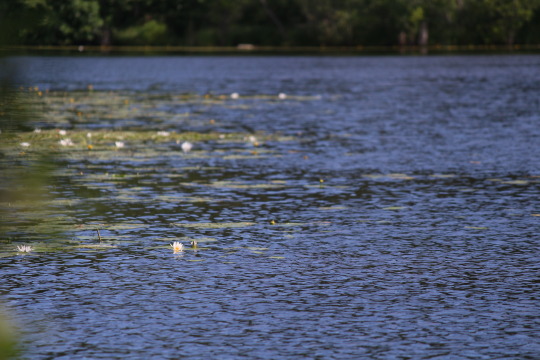
a favourite place
my favourites have become so many lately. the longer I live, the more gems I find
#nature#nature photography#nature reserve#natural#natural beauty#natural waters#water#natural water#lake#forest#woods#lake water#lake life#wildlife#aquatic wildlife#lake wildlife#bird#birds#water lilies#aquatic flora#landscape#forest landscape#lake landscape#beauty of nature#cliff#cliffs#rocks#rock
10 notes
·
View notes
Text
Celebrating World Aquatic Animal Day
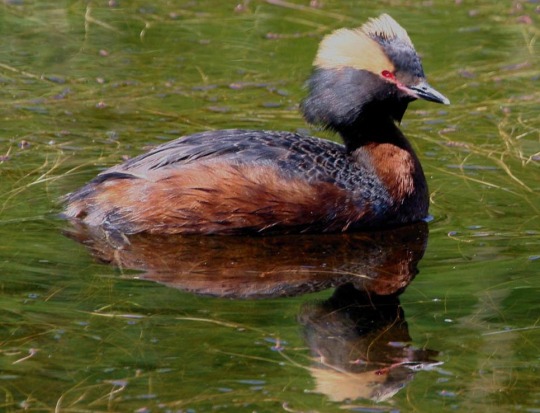
View On WordPress
#Action Plans#advocacy#Aquatic Conservation#Aquatic Ecosystems#Aquatic Habitats#Aquatic Resources#Aquatic Species#Aquatic Wildlife#biodiversity#Buddy System#Chappell Marsh#City Nature Challenge Events#climate change#Collaborative Efforts#Community Action#Community Engagement#Community Stakeholders#conservation#conservation awareness#Conservation Efforts#conservation initiatives#critical habitat#Decision Making#Development Practices#Earth&039;s Oceans#Ecological Awareness#ecological balance#Ecological Conservation.#Ecological Diversity#Ecological preservation
0 notes
Text


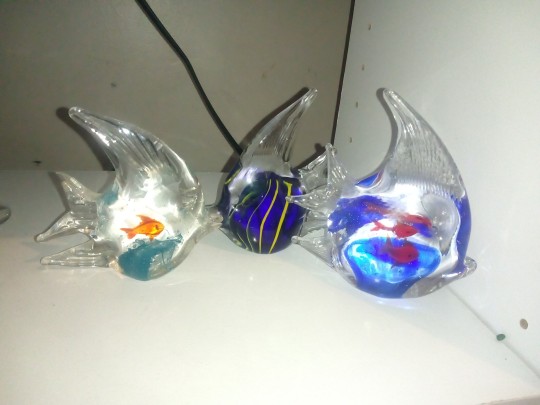
Fellow autistics who like aquatic things; how're we feeling about my aquatic glass figures?
(ft: my fox figure :3)
#quentin rambling#aquatic#aquatic wildlife#aquatic plants#aquatic organisms#aquatic fish#aquatic life#aquatic creatures#aquatic biology#aquatic hyperfixation#shark#fish#fish hyperfixation#fishes#ocean#ocean water#ocean theme#ocean aesthetic#watercore#oceancore#2000s#early 2000s#frutiger aero#retro#nostalgia#nostalgic
1 note
·
View note
Text
Explore the world of lesser-known species and endangered wildlife through the eyes of dedicated Wildlife Conservation Organizations. Join The Habitats Trust in its mission to conserve and protect these unique animals, contributing to the rich tapestry of India's biodiversity.
#india natural habitats#wild animal protection india#wildlife conservation organizations#wildlife conservation center in india#aquatic wildlife#natural habitats of india#wildlife protection organizations india#protection of natural habitats india
0 notes
Text
youtube
#natural#brain training#healing nature#nature video#underwater video#save the ocean#blue lagoon#planet blue#blue world#The sea#under the sea#animals of the sea#ocean animals#aquatic wildlife#wildlife film#Ocean#relaxation channel#ocean sound#ocean life#underwater footage#rainforest sound#nature scenery#beautiful nature#birds music#wild world#wild scenes#fishes#dolphins#sharks#whale
1 note
·
View note
Photo
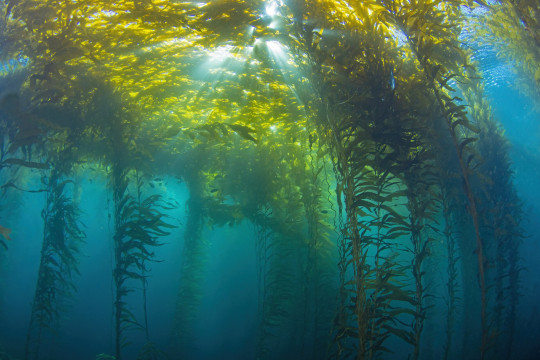


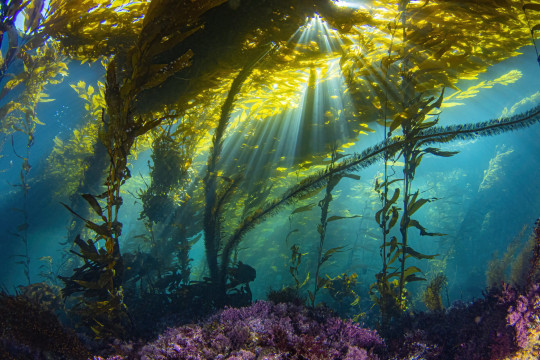
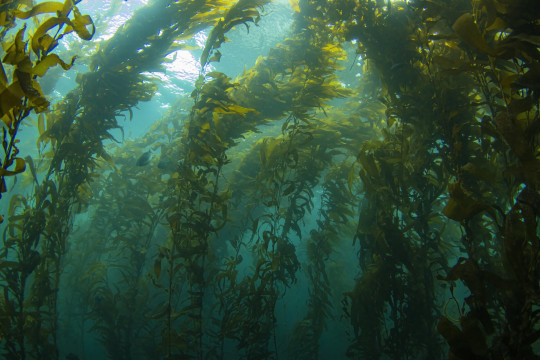
sunlight illuminates undulating kelp forests by Douglas Klug
#nature#photography#ocean#underwater#wildlife#art#aesthetic#bioluminescence#marine life#plants#aquatic#kelp forest#glow#sunlight#dreamcore
9K notes
·
View notes
Text
There's been a recent increase in the removal of old dams and other barriers on salmon streams on the west coast of the U.S. While last year's removal of part a weir from McKay Creek wasn't as dramatic as the removal of dams on the Klamath River, the results of the removal are very promising.
The weir was installed about thirty years ago due to the creek being drained by a nearby reservoir. Unfortunately, its design meant that salmon could no longer go higher up the creek to their historic breeding grounds.
The power of nature's resiliency--if we give it the chance to recover--was evident in the fact that this past February saw the return of the salmon to the creek for the first time in three decades. What's even more exciting is that scientists found not just a few redds (salmon egg nests), but seventy-two of them in a six mile stretch of the creek above the weir! That's incredibly impressive, considering how long salmon were blocked from that area.
Here's to more projects like these giving our salmon a fighting chance for survival in spite of everything we've thrown at them over the years.
#salmon#fish#fishblr#icthyology#aquatic ecosystems#dams#dam removal#conservation#environment#environmentalism#habitat restoration#endangered species#extinction#wildlife#animals#nature#ecology\#restoration ecology
569 notes
·
View notes
Text
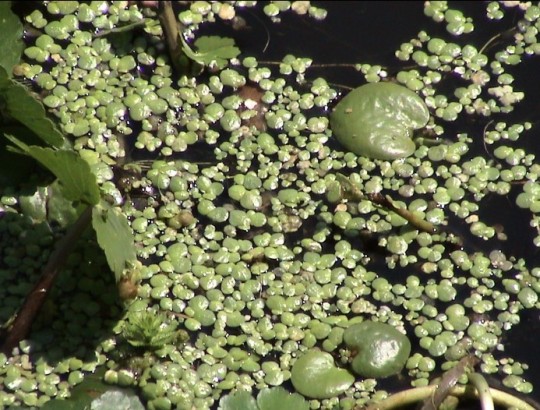

Fat Duckweed (Lemna gibba)
Family: Arum Family (Araceae)
IUCN Conservation Status: Least Concern
A tiny aquatic plant found in slow-moving or stagnant freshwater habitats across much of Africa, Europe and the Americas, Fat Duckweed floats freely on the surface of the water, respiring and carrying out photosynthesis through a buoyant leaf-like “main body” called a thallus while its single submerged root hangs down and absorbs inorganic nutrients such as nitrogen (which plants need to produce chlorophyll) from the water around it. Although they do occasionally produce flowers (particularly when exposed to intense sunlight and low water levels,) members of this species primarily reproduce asexually, with the thallus developing bud-like offshoots that split of into new but genetically identical offspring, and through this method of reproduction (which can occur every few days) Fat Duckweeds can quickly spread over vast areas, potentially near-totally covering the surface of the body of water they inhabit under ideal conditions. The root of an adult Fat Duckweed is sticky, allowing members of this species to compensate for their limited ability to spread their rarely-produced seeds by adhering to semiaquatic animals such as ducks, allowing them to be carried between bodies of water and colonise new areas (hence the name, “duckweed.”) If an individual should fall from the animal that was carrying it before reaching a suitable body of water, it may also be able to survive in sufficiently damp soil.
——————————————————————————
Image Source: https://www.inaturalist.org/taxa/63913-Lemna-gibba
#Fat Duckweed#duckweed#duckweeds#plant#plants#botany#biology#aquatic plants#aquatic wildlife#wildlife#african wildlife#european wildlife#north american wildlife#south american wildlife
118 notes
·
View notes
Text
Basket Star.
#animals#critters#wildlife#cute animals#animal friends#wild animals#aquatic#sea creatures#fish#starfish#ocean life#marine life#sea life#unique#different#star#IndeedGoodMan#Basket Star#echinodermata#basket stars#fyp#tumblr#for you page
437 notes
·
View notes
Text

Fishing cormorant
Photo by Alex Mustard
#cormorant#birds#water birds#Phalacrocoracidae#aquatic birds#fishing birds#underwater#blue#blue water#fish#school of fish#nature#animals#wildlife
848 notes
·
View notes
Text

Clownfish at Osaka Aquarium Kaiyukan
#fish#fishes#clownfish#aquatic animals#animals#marine biology#nature#wildlife#nature photography#photography#mine#ecology#naturalist#vertebrates#asia#japan#aquarium#zoo animals#zoo
558 notes
·
View notes
Text
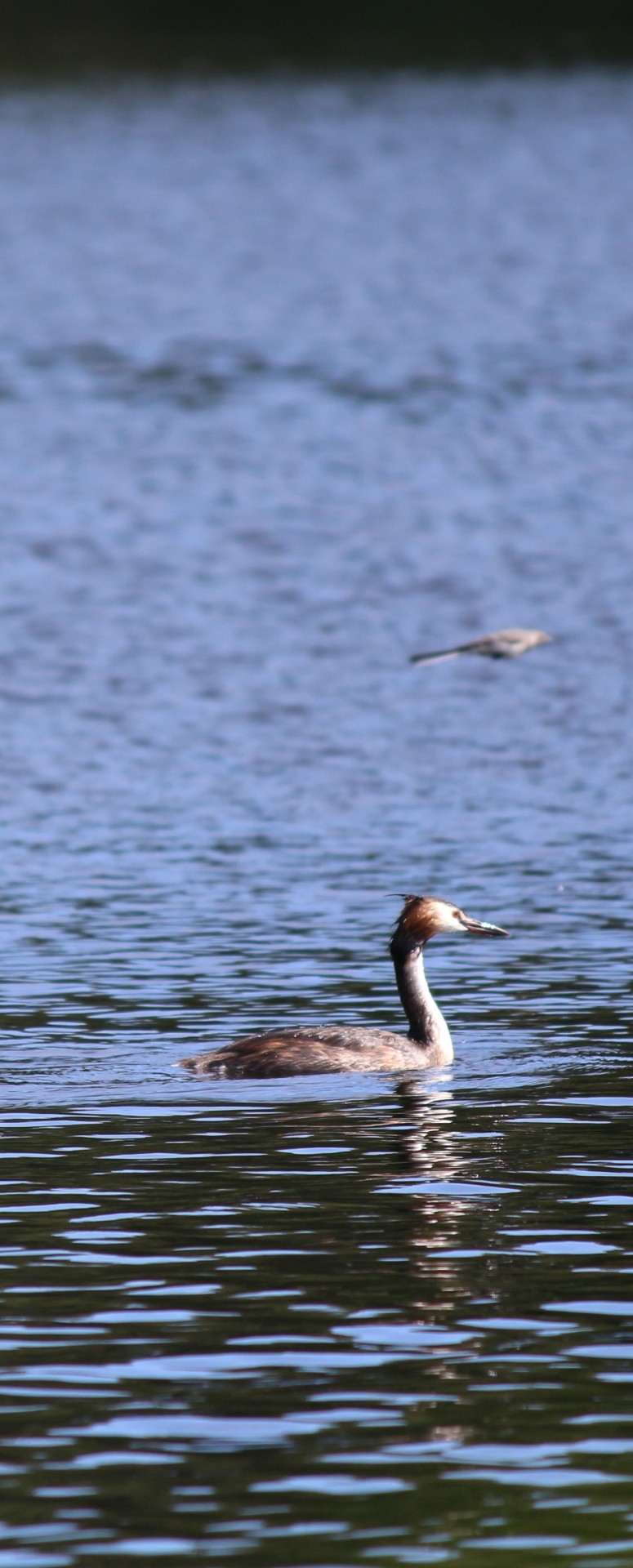


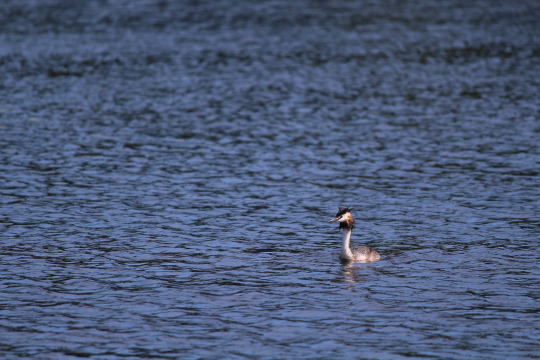




birds
#nature#photography#nature is beautiful#wildlife#lake#aquatic wildlife#beautiful#water#lake surface#water surface#natural water#natural waters#nature reserve#forest#woods#aquatic#birds#bird photography#canon#photographers on tumblr#beauty#natural beauty#glittering water#lake water#sweden#summer#swedish summer#swedish nature#beauty of nature#nature's beauty
5 notes
·
View notes